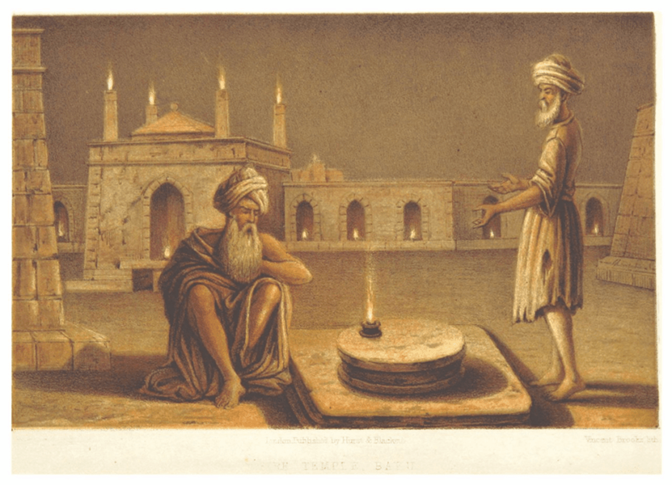WisdomMaps work well as a stand-alone alternative to a text. And they work even better when paired with a text. The text helps students keep to the straight-and-narrow of the historical narrative, while the maps encourage them to delve into the many new interests they uncover in the multimedia. This whets their appetite for the subject and hopefully spawns an enduring interest. After all, any proper engagement with history deserves a lifetime, not 16 weeks. So perhaps this answers to the highest pedagogical purpose of all. We need to instill a lifelong love for learning. As Socrates said, “Education is the kindling of a flame, not the filling of a vessel.”
Formats/platforms used:
Can use MindMeister to run the maps from the website www.WisdomMaps.info
Primary website’s URL:
Problem solved:
It engages learners with multimedia and enables them to see how everything in history fits together, in terms of causality, shared meaning and implications, shared concept, shared historical analogy, and more. When information is inter-related, it creates meaning, and in a sense, this serves as the beginnings of a new knowledge universe based on meaning.
Grades/age ranges:
Anyone in grades 7 and 8 on up will be able to make very productive use of this.
Core/supplemental/special needs/extracurricular/professional development?
WisdomMaps works well with special education learners because it is visual learning. It also serves professional development needs in history by way of its links to Google Scholar for each of the many topics in the maps; there’s no limit to how specialized the research can get. The maps also make for a delightful extra-curricular dalliance for anyone with a taste for the human story.
Subjects:
Primarily history, but the maps entreat the main aspects of the human condition (social, cultural, religious, political, and economic) so that the maps can serve in other courses in the humanities (e.g., philosophy, literature, ethnic history, the arts). History is the history of everything.

Lesson time needed:
As much time as the learner wants to give it. The maps allow the learner to learn to the full extent of their capabilities and interest—no limits.
Pricing models:
Educators are free. Grade-school students are $10 per semester. College courses: students are $59 per course. Public subscription: $90 for a one-year subscription, $60 for 6 months, $40 for 3 months, and $15 for one month.
Additional services needed?
Nothing extra needed.

What makes Wisdom Maps unique?
Works well for teaching and learning history. It is meant to kindle a life-long interest; many students report getting happily lost till the early hours, uncovering all kinds of new interests.
Characteristics:
The interface with MindMeister is the only application interface. Everything is point-and-click; no text entry necessary, and no app download necessary

Here’s what users are saying:
“I truly enjoyed this class and professor. I was able to attend the first video meeting and it was veryhelpful to go over what was expected for the class. The powerpoint and wisdom maps allowed me to go into the subtopics that interested me and I didn't stress about doing it right or wrong to get a grade. I just enjoyed learning from myself and then from my classmates which gave me a different perspective on each country. I enjoyed using wisdom maps and wish more classes/professors would use them. Least stressful class and I learned more in this class than most. Thank you and keep up teaching this way!”
“This was one of the best history courses I have ever taken! It was a really innovative and outside the box approach to learning history that resulted in cultivating my curiosity for the subject unlike ever before! Unlike most teachers which just teach to a textbook and to tests, Professor Monroe's innovative course allowed me and other students to take this topic and run with our curiosity which I personally feel results in MUCH more learning and more solid comprehension beyond the course than traditional methods. I liked it so much that I even tried to look for other courses taught by Professor Monroe for next semester for the next segment of this two-part course (with no such luck unfortunately)!”











